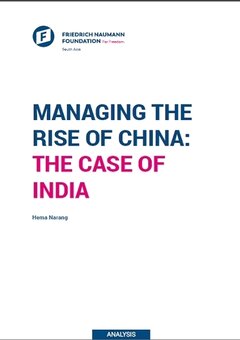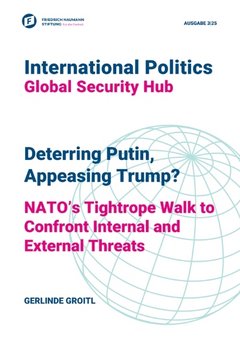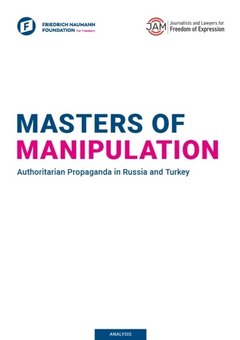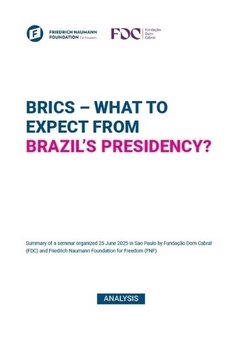Geopolitics
Publications on geopolitical topics you shouldn't miss

Explore a curated selection of insightful publications on pivotal geopolitical topics, now available for free download! From analyses of shifting global power dynamics to deep dives into regional conflicts, these resources are essential for anyone looking to stay informed on the issues shaping our world. Don't miss out on these expert perspectives and expand your understanding of global affairs.
















































